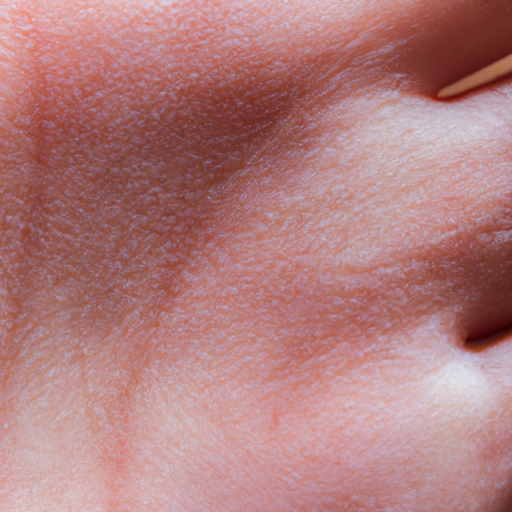As a medical professional, I am often asked about the best ways to maintain healthy and radiant skin. One of the most effective methods that I recommend is face exfoliation. This process, when done correctly, can significantly improve the texture and appearance of your skin. However, it’s important to understand what exfoliation is, why it’s beneficial, and how to do it properly to avoid causing damage to your skin.
Exfoliation is the process of removing dead skin cells from the surface of your skin. Our skin naturally sheds these cells every 30 days or so, but sometimes, they don’t shed completely. This can lead to dry, flaky patches and clogged pores. Exfoliating can help prevent these problems by removing the dead cells manually.
There are two main types of exfoliation: physical and chemical. Physical exfoliation involves using a scrub, brush, or other tool to physically remove dead skin cells. Chemical exfoliation, on the other hand, uses acids or enzymes to dissolve them.
Both types have their benefits. Physical exfoliation can be great for people with oily or thick skin, as it can help remove excess oil. Chemical exfoliation can be more suitable for people with sensitive skin, as it’s typically less abrasive.
Exfoliation has several benefits. It can help your skincare products penetrate deeper into your skin, making them more effective. It can also stimulate collagen production, which can help keep your skin looking youthful and firm. Additionally, it can help even out your skin tone and improve its texture.
However, it’s important to exfoliate correctly to avoid damaging your skin. Here are some tips:
1. Don’t over-exfoliate: Over-exfoliating can strip your skin of its natural oils, leading to dryness and irritation. As a general rule, you should only exfoliate once or twice a week.
2. Choose the right exfoliant: Not all exfoliants are created equal. Some can be too harsh for your skin type. For example, if you have sensitive skin, you might want to avoid physical exfoliants and opt for a gentle chemical one instead.
3. Be gentle: When using a physical exfoliant, don’t scrub too hard. Use light, circular motions to gently remove dead skin cells.
4. Moisturize after exfoliating: Exfoliating can leave your skin feeling dry, so it’s important to moisturize afterwards to replenish any lost moisture.
5. Always use sunscreen: Exfoliating can make your skin more susceptible to sun damage, so always apply a broad-spectrum sunscreen after exfoliating.
In conclusion, face exfoliation can be a game-changer for your skincare routine. It can help reveal a more radiant and youthful complexion by removing dead skin cells and improving the effectiveness of your skincare products. However, it’s important to do it correctly to avoid causing damage to your skin. As always, if you have any concerns or questions about exfoliation, don’t hesitate to consult with a dermatologist or other skincare professional. They can provide personalized advice based on your specific skin type and needs.



